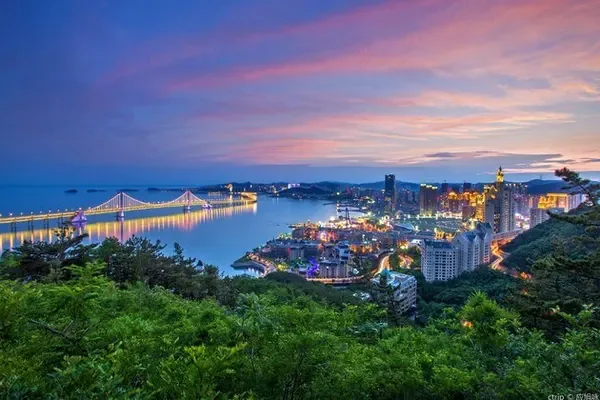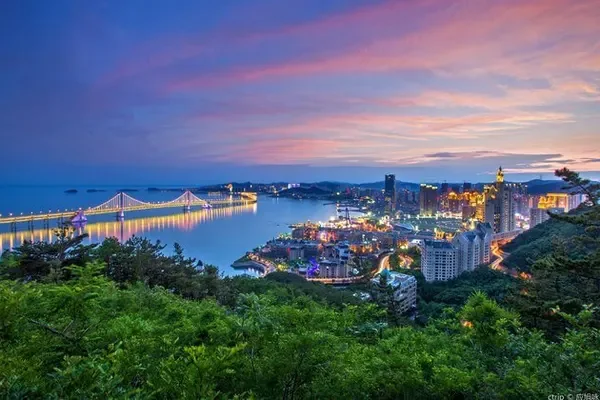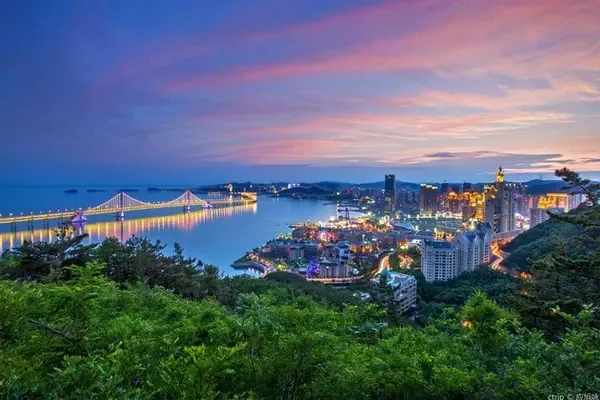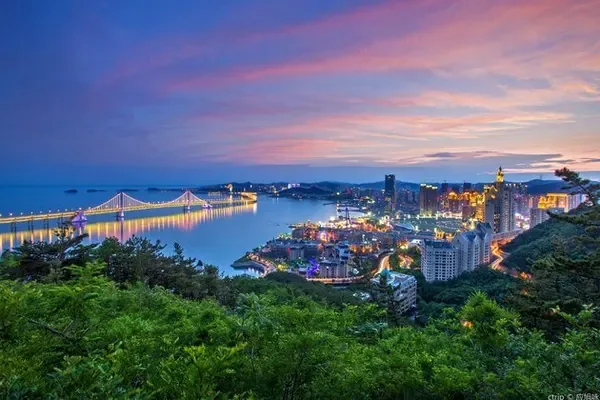Women in rural areas of Tibet wear sleeveless gowns in summer and autumn, pulu aprons in front, collars, sleeves, and skirts with fringes; both men and women wear belts and long boots. Herdsmen wear sheepskin robes without sewing their faces. Monks and nuns wear cassocks. The staple food of Tibetan residents is tsampa, and they like to drink butter tea; herdsmen eat beef and mutton as staple food, and monks and nuns eat meat. Houses are built on sunny highlands close to water sources, with walls made of stone or rammed earth, two or three stories high, with flat roofs and multiple windows, and courtyards. big tent. The transportation mainly uses yaks. The yak has a strong body and long hair, and is cold-resistant and durable. It is a specialty of the Qinghai-Tibet Plateau and has the reputation of "the boat of the plateau". Water transportation mainly uses cowhide boats or canoes. Cowhide boats are a unique means of water transportation for Tibetans.

Except for the Yellow Sect which strictly prohibits marrying wives, monks of other sects allow marriage; monks must hold a religious ceremony in the temple of their sect when they get married, and settle down outside the temple after marriage. Tibetans practice celestial burials (i.e. bird burials), and cremation is also practiced for monks who passed away and some people living in forest areas. However, cremation is not allowed during the harvest season. In addition, burial and water burial are generally considered unlucky, except for conditions. Women give birth to leave the room or go to other places. When Tibetans meet with the upper class and receive guests, they will offer a long silk scarf, which is called hada in Tibetan, and put it under the donator's item when giving it back.



